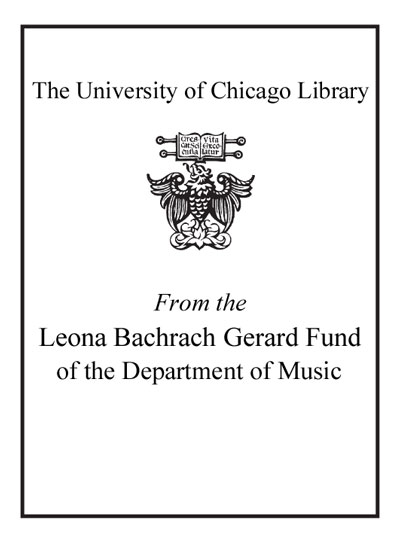Review by Choice Review
Drama of the Enlightenment and Romantic periods is not as frequently studied as other genres. Part of the "Palgrave Studies in the Enlightenment, Romanticism, and Cultures of Print" series, this book emphasizes the important cultural role of drama during the Romantic period. Worrall (Nottingham Trent Univ., UK) differentiates between the few theaters holding the royal patent that could produce Shakespeare (and other "more serious" works) and the numerous theaters providing alternative entertainment. Theaters in the latter group could produce only sung or pantomime productions, but they had few other restrictions. The author points out that whereas nonpatent theaters were presenting dramas promoting racial equality and miscegenation, the royal theaters were sympathetic to slave owners. Since nonpatent theaters reflected popular culture and drew a much wider audience than the royal theaters, they were as instrumental as the press in changing society and promoting the interests of the working classes. These theaters also inspired such writers as Keats, Byron, and Wordsworth. Reflecting the high standards one expects of the Palgrave series, Worrall's book will be helpful to students of cultural studies and history as well as literature, drama, and theater. Summing Up: Recommended. Upper-division undergraduates through faculty. L. J. Larson Our Lady of the Lake University
Copyright American Library Association, used with permission.
Review by Choice Review

